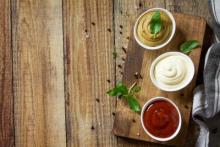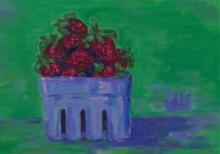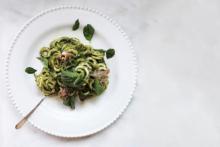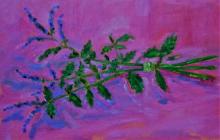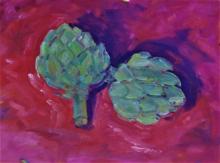Natural Condiments: Make Your Own Ketchup & Mustard
Name the first classic American condiments that pop into your mind. To me, those are undeniably ketchup and mustard. They're everywhere and taste great with a number of dishes. The only problem? Most commercial condiments are loaded with artificial ingredients. Not to mention they're almost always packaged in plastic (which isn't exactly good for the environment).

